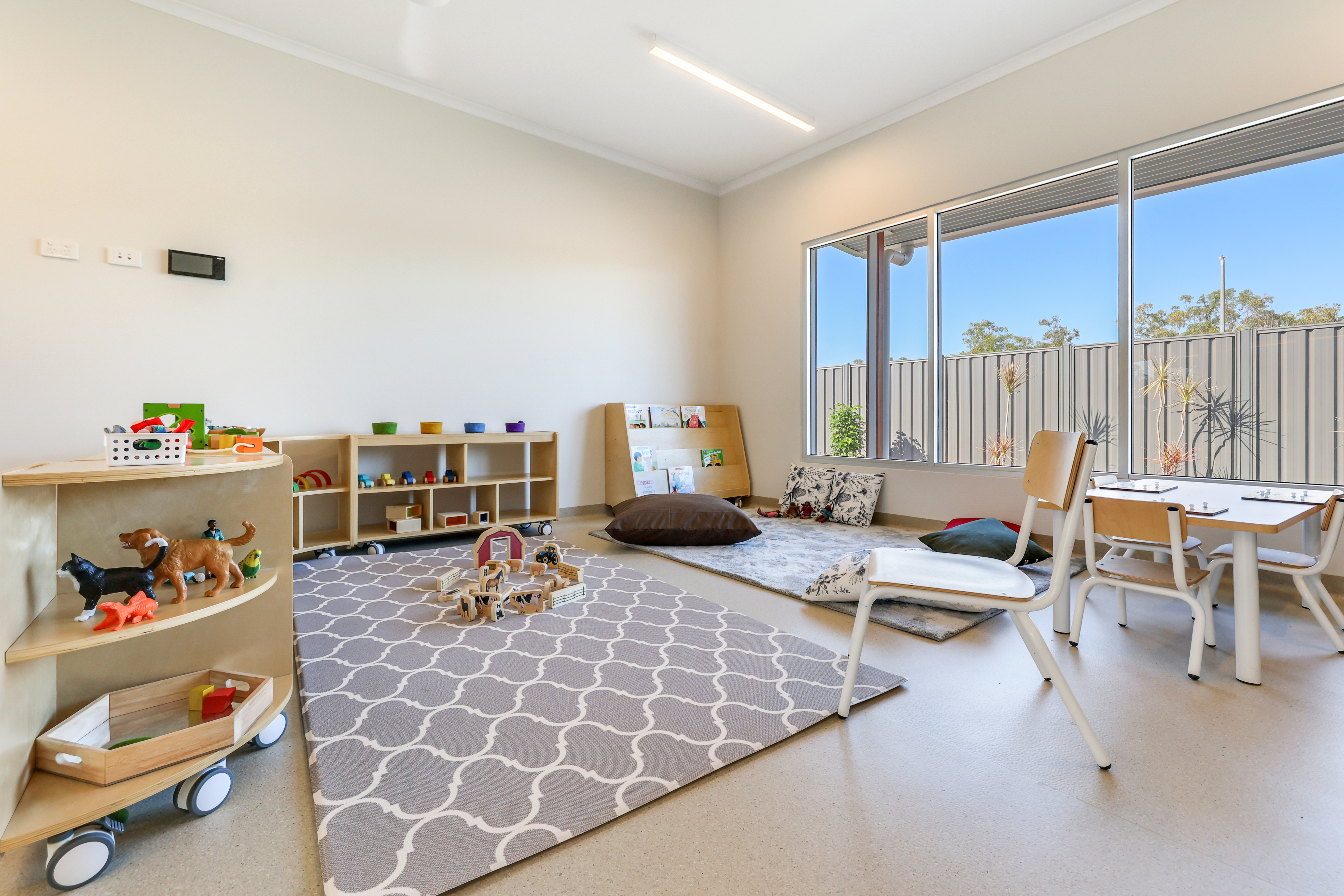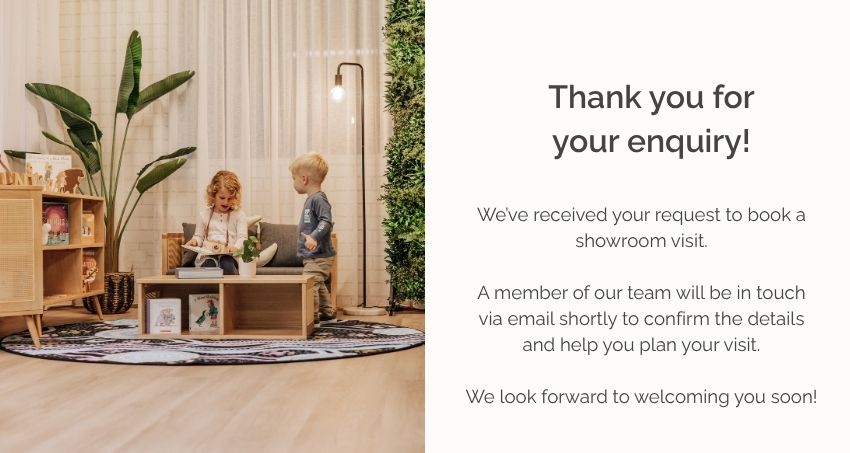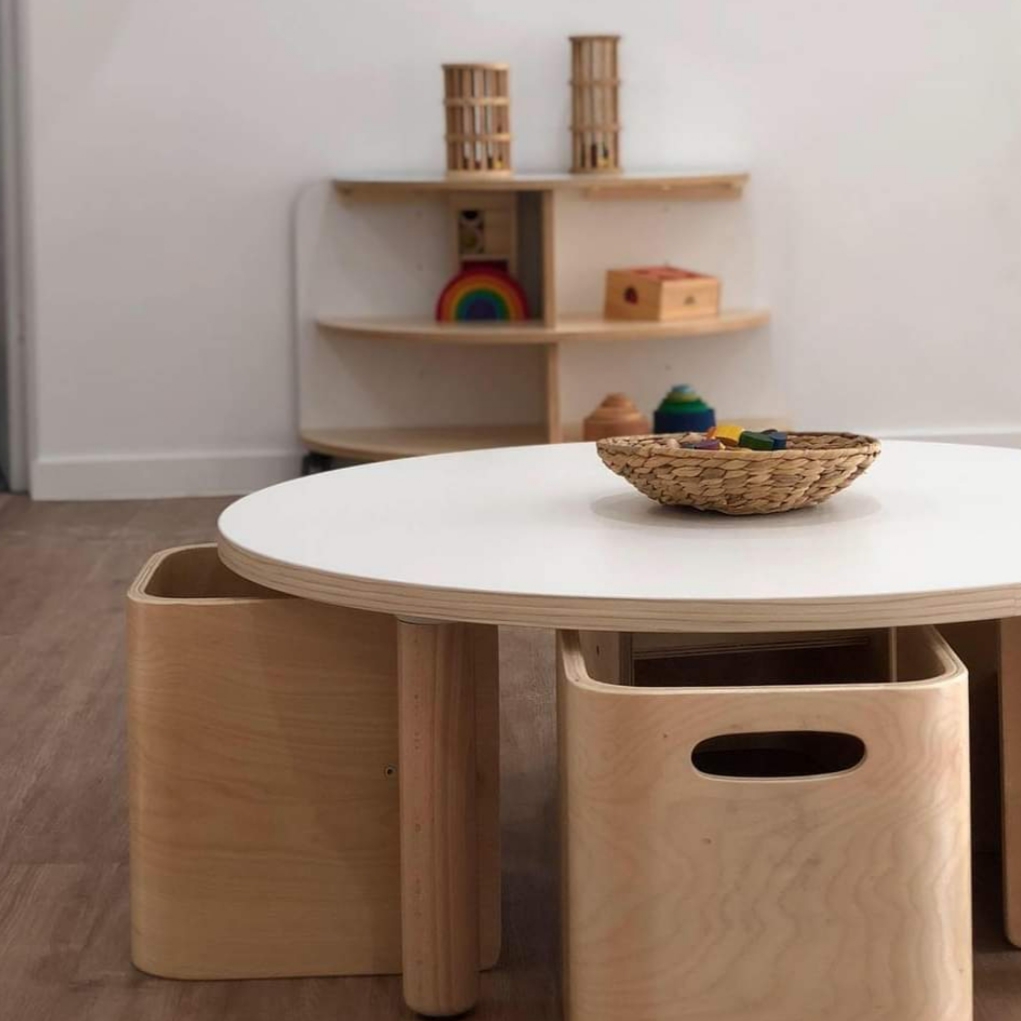
Overcoming orientation nerves: How you can help children feel at home
It’s that time of year again. Excited – but often nervous – children are coming in to see what their new environment for the next year will look like. They may be toddlers or entering pre-kindy or kindy. This may be some children’s first experience in an early learning centre, which will mean some big adjustments for families.
Having a sense of familiarity from the start helps children to feel connected to their environment and comfortable.
So how can you achieve this at your orientation day? Here are our top tips.
-
Designate ‘tour guides’
This is more applicable for kindergarten tours, but it’s a great idea to have a couple of children to act as tour guides throughout the orientation. For the new children, being with others who have been in their shoes and are immersed in kindergarten life brings a sense of comfort and relatability. Ask the tour guides to take the new children through the centre, pointing out where they store their bags, eat and nap. Getting an idea of their impending daily routine is one of the key ways children feel a sense of confidence and calm leading into this new chapter of their lives.
-
Set up play areas for children and their parents/guardians
Entering a new environment can be daunting, so rather than diving right into giving a glimpse of daily life, set up play areas for the children and their parents/guardians. Having their parents/guardians close by will help the children to feel more comfortable with their new surroundings. Activities in play areas could include:
- Playscapes to encourage imaginative play: Include animals, tree, silks or felt for water and grass – the possibilities are endless! By having parents/guardians engage in imaginative play with their children, they’re giving them more of a chance to be themselves which helps them to interact with their new peers.
- Painting or drawing: Get children to draw their parent/guardian, then swap! This activity is fun, guaranteed to generate some laughs and even encourage conversation by comparing drawings with other children and their parents/guardians. Being able to have fun together in a new environment is crucial for a child so they can associate it with being an enjoyable place that their parent/guardian also enjoys.
-
Allow ample time for questions – for children too!
Children need to feel confident and safe heading into their new environment. That’s why giving them a voice is so important. They may ask trivial things such as “where’s the bathroom” or “what time’s lunch?” but the answers to these questions are what breeds familiarity with their new environment. The more familiar children are with their environment, the more likely they are to thrive.
-
Make sure it’s clean – but it doesn’t have to be tidy!
This is a big one – hear us out. While we know you want to put your best foot forward presentation-wise at orientation, an immaculate, untouched space is simply unrealistic. Having every book neatly lined up on the shelf and every toy put in its place may be ideal for staged photos, but not when you want to give children a glimpse into your centre’s everyday life. The reality is things get messy – which means children are enjoying themselves! If you try too hard to make things too tidy, the new children may feel as though they can’t touch anything. You want your environment to be as welcoming as possible and if that means a little bit of mess, then so be it.
We hope this has been a handy guide ahead of your orientation days. Remember – it’s the simple, homely, down to earth touches that end up being the most welcoming, impactful and valuable to the new children in your centre.











